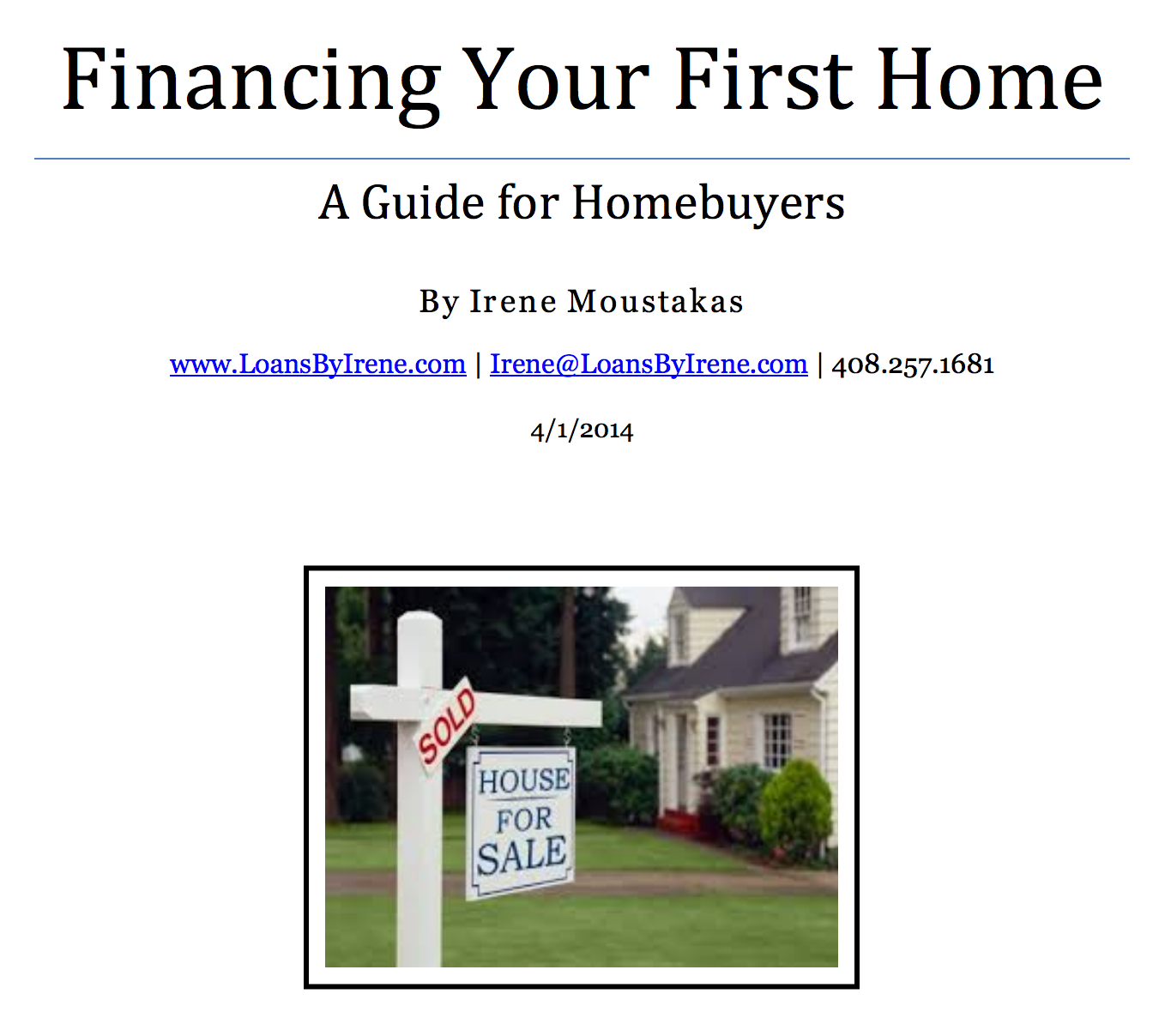Your qualifying ratio, also called the debt-to-income (DTI) ratio, is one of the three main factors in getting a loan. The other two are the Loan-to-Value ratio (considering down payment or equity), and your credit score. There are many other factors in getting a loan, of course, but these are the three main items.
We are going to take a look at the qualifying ratio and how it can be calculated:
- Take your total housing payment (mortgage, property taxes, homeowners insurance, HOA dues, Mortgage Insurance …) plus the minimum payments due on anything that will show up on your credit report (car loans, student loans, credit cards …), and this is your debt.
- Then divide the total debt by your monthly gross income, and that result is your qualifying ratio.
Lenders want to see qualifying ratios below 45% on conforming and high-balance loans, which are loan amounts up to $625,500. On Jumbo loans (loan amounts greater than $625,500), the maximum ratio requirement depends on the lender, but is usually 41%. Some will go up to a max of 43%.
So here is an example, assuming a $625,000 purchase of a single-family home with 20% down payment. The loan amount would be $500,000. For illustration purposes, we will assume an interest rate of 4.75% (this is not a rate quote).
Housing Payment
Mortgage: $2608.24
Property Taxes: $651.04*
Homeowners Insurance: est. $100*
TOTAL: $3359.28
Monthly Payments per credit report
Car loan: $450
Credit card debt: $100
TOTAL DEBT (housing payment + other liabilities): $3909.28
So this is the debt part of the equation; now we take a look at gross income.
Total gross income: $10,000 ($120k annual salary)
3909.28 ÷ 10,000 = 39.1% qualifying ratio.
This is below the 45% requirement and therefore this individual would qualify for the loan.
* If you want to run your own qualifying ratio, but are unsure of what figures to use for the housing payments, here’s how you do it:
A mortgage/loan calculator is fairly easy to find through a Google search, or you can use mine on my website, located at the right. You just need to put in the loan amount, the interest rate and the term of the loan (usually 30 years).
Property Taxes in California are based on 1.25% of the sales price. So take the sales price and multiply by .0125, then divide by 12 months to get the monthly figure.
For a single family home, I always estimate homeowners insurance at $100/month. The actual figure will be whatever you get quoted. Most homeowners have premiums averaging between $650-$950/year ($54.17-$79.17/month), so this is usually a conservative figure. However, your actual premium may be higher depending on the replacement cost value of your home, and what additional items you may want to insure.


